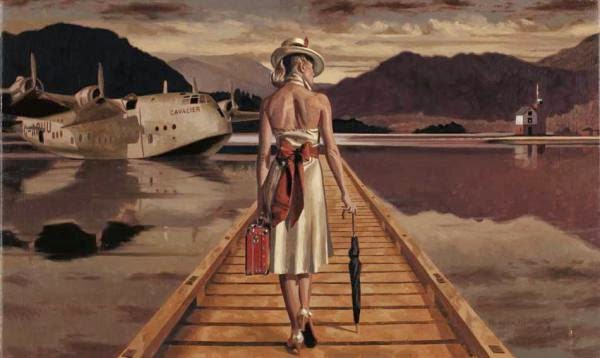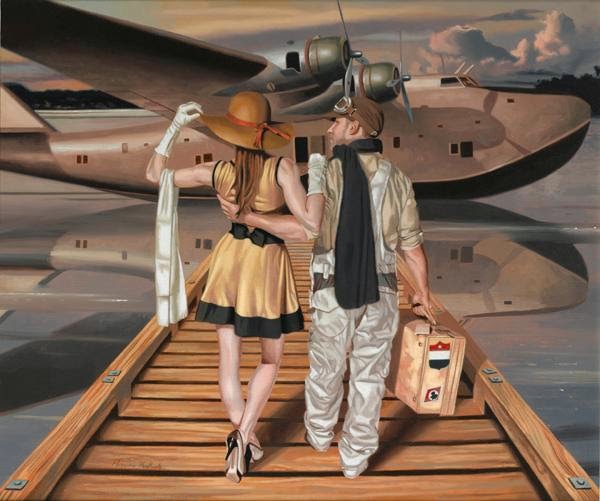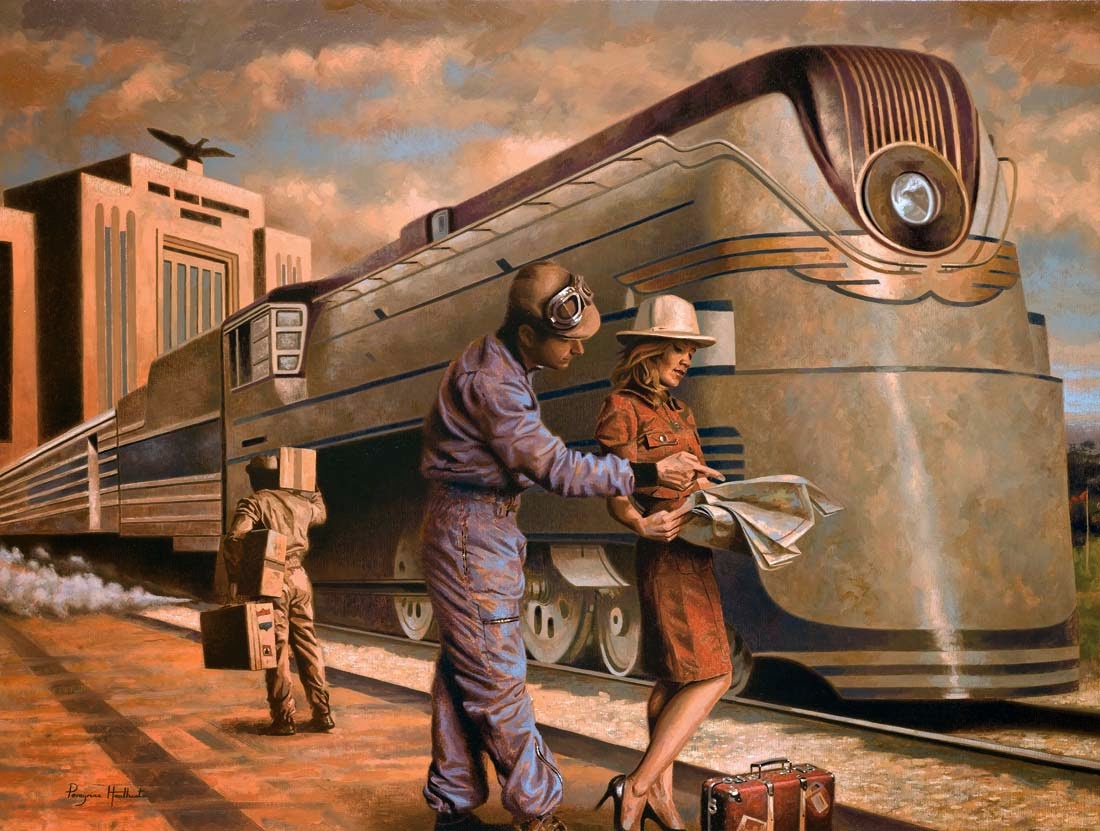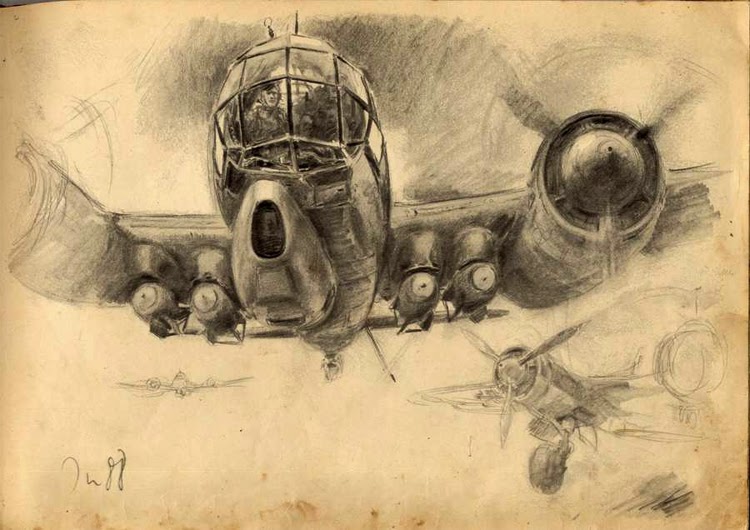Not long ago I posted on English SciFi illustrator John Harris. A week or so later, I received an email from someone at Titan Books, publisher of a new book about Harris' art (some book links are here and here). If I was interested, they would send me a review copy. I decided the price (free) was right, so I was interested, the book arrived, and the review starts here:
The book is not thick, but the pages are large -- good for looking at some of the images that range in size from near-thumbnails to two-page spreads. My best guess is that its intended audience is science fiction fans who appreciate cover art on the books they buy. Illustration artists and those interested in artist personalities and technical information have little written material to chew on. There is text by Harris explaining some of his inspirations and decisions regarding his cover art, but he almost never mentions how his paintings were done. Not mentioned at all is anything biographical (though in Acknowledgements, he states he is married with children).
I would have liked to know about his art training and how his work evolved before he hit the book cover trade big-time. He is known to have evolved to painting in oils (see my post, link above), and picture captions in the book note that some preliminary color studies used pastel. I would have liked an explanation of how he goes about creating a cover painting from start to finish. But I am not really part of the intended readership, so these complaints of mine are really peripheral, and now I'll now consider the book on its own terms.
As noted, most of the images are related to book cover art. But there is one section dealing with an imaginary world that Harris created and has been illustrating for his own pleasure for something like 30 years in his spare time. Apparently he also has written a narrative relating to this, and some snippets or paraphrases are included so that readers might better understand what that set of images is about.
Harris' cover art mostly lacks hard-edges and sheen that one finds in technical illustration. Straight lines can be present, depending on the subject matter, but his works tend to be of the richly-painted colorist kind. This is where the full-page and two-page images are useful: you can see the color layering he makes good use of.
His subjects, the imaginary space ships and such, that he includes remind be a lot of John Berkey's cover illustrations, but with a more impressionistic touch in their execution. Harris also chooses to depart from scientific accuracy in order to achieve an artistic or emotional effect. That is, his outer space is not starkly black, but often blends of colors and cloudy shapes.
The cover art almost always lacks people as main subjects. Instead, they are present in the form of tiny shapes adding scale to the huge buildings, landscapes or space ships that are the main subjects. However, Harris does include human subjects in the personal set of illustrations mentioned above. So he is quite capable of painting people, but either he, his art directors or the SciFi public prefer scenes where humans are barely opera spear-carriers.
In sum, Since Harris' work is imaginative and painted in interesting ways, this work is worth adding to collections of illustration art fans and those of painters in general. The price is reasonable, which makes it even more easy to justify.

























































































+-+1887.jpg)





























+-+1951.jpg)







+-+1928.jpg)




+-+c1912.jpg)





.jpg)




















